By: Patrick W. Zimmerman
The question
What will take to turn #theResistance into more than Occupy 2.0?
It needs to be more than a highly visible, but ephemeral, grassroots political movement only capable of briefly changing public discourse. How can it build a movement capable of harnessing the momentum of protest into a political force capable of winning elections?
The thing to remember is that you are the underdogs. Trump is right in one respect: you lost. Whether he won in spite of the greatest popular vote deficit of anyone to ever do so is, to a certain extent, meaningless. Why? Because any kind of win gives him the apparatus of the state. And in the political game, that’s home-field advantage. In democratic opposition movements, incumbents usually win. In armed resistances, incumbents with an army almost always win. Trump is now the House, and the House usually wins.
But it doesn’t always win. This is not Vegas. Last week, we dispensed some sage, timely, and completely unsolicited advice to our very own Aspiring Autocrat. As turnabout is fair play, it’s time for the inverse list. What can the forces of Good and Righteous Justice do to hasten the fall of Evil Kleptocracies?
Well, we’ve got some thoughts on that…
Louis’ sixteen Rules for the Resistance
- Ø. Happily Ever After is not inevitable, and neither is the ultimate triumph of the plucky Rebel Alliance. Real life never never read Joseph Campbell and it does not obey the laws of narrative tropes. This isn’t a thrilling tale of adventure and rebellion. No one gets thirty-one second chances at insurrection.
- Good scenario: Those Wacky Cubans. It doesn’t always come easy. You kind of have to work at it.
- Bad scenario: 17-20 Republican revolts across Europe in 1848-49 affecting some 50 countries. Monarchs abdicated, the period saw the rapid spread of nationalist ideologies, and the declaration of multiple republics. Result: Counterrevolutionary armies from Spain, Russia, and France crushed the revolutionaries over the course of the next year. Every. Single. One.
- Remember who the enemy is. A fractured Resistance, dividing up its resources, efforts, and voters between multiple really-shouldn’t-be-warring groups, is the surest way to make sure your Autocrat stays in power.
- Good scenario: La resistenza italiana. 8000 different strains (or so it often seems) of Communists, Socialists, Anarchists, Christian Democrats, Republicans, Monarchists, and Catholics stopped fighting with each other just long enough to get the drop on Il Duce (warning: disturbing photo – rule Ø applies to both sides).
- Bad scenario: The People’s Front of Judea. Spoiler alert, Monty Python’s caricature of leftist political infighting was based on a lot of real-world examples. Seriously, a lot.
- Politics is a contest of symbols. Good design can go a long way. This is true in both democratic and non-democratic contexts. Political identity is built on the symbols of language (in either a literal or accent / lexicon sense), culture, flags, logos, graffiti, music, and slogans.
- Good scenario: Catalunya triomfant and pretty much every nationalist movement ever. Do not discount the power of hope, positive imagery, and optimism. Though fear-mongering works, too, if that’s more your thing. The resistance is off to a good early start. A catchy color doesn’t hurt either.
- Bad scenario: 2000, 2004, 2016. Democrats, with seemingly the sole exception of the Obama campaign, perennially suck balls at symbolic contests. Compare “Hope” and “Make America Great Again” (whatever his actual campaign imagery was, 99.9% of people will first think of the hats) to the widely-panned Hillary H logo. Both of the former are about the viewer, about aspirirations in which they were invited to share. Clinton’s was….her initial. No, Bernie’s symbolism wasn’t any better. Republicans are historically much better at the name game, too, though this might be changing.

Image credit: Thirty Two (Wikimedia)
- What people believe matters more than what is.
- “Good” scenario: Trump understands this at a fundamental level, likely to the point of self-delusion. But, while “the Russia thing” isn’t just an image crisis for the White House, it’s also an image crisis. We’ve got some experience with these kinds of shenanigans in our political past.
- Bad scenario: Al Gore was right in addition to gaining more votes. The Electoral College does not reflect the popular vote. Obama was born in Hawai’i. None of these mattered (enough).
- Focus on fights you can win. Frontal assault against a superior foe is not playing the odds. Hit the administration where it’s weakest.
- Good scenario: Mao eventually learned when to fold ’em. Lech Wałęsa’s Solidarity, in addition to being a fantastic name, both used its connections with the Catholic church to insulate itself and forced the (purported) workers’ state in Poland to make the choice to repress a workers’ movement.
- Bad scenario: In an electoral sense, Hillary campaigning in Texas late in 2016 and both the Green and Libertarian presidential campaigns. In a more extreme case, the Spanish Trienio Liberal, where a liberal uprising under Gen. Rafael de Riego forced 3 years of constitutional monarchy before the “Hundred Thousand Sons of St. Louis” marched across the Pyrenees supported by the United Kingdom, France, Russia, Prussia, and Austria. So, yeah, not a fight Riego was ever going to win in the long run, and he ended up hanging for it.

Gen. George Armstrong Custer. Balls: 10, Brains: 1, Hubris: All.
- The judges alone won’t save you.
- Good scenario: The judicial system can help protect basic equality through striking down unjust laws or executive behavior.
- Bad scenario: The Trail of Tears is the single most blatant example of a court’s impotence without the respect of the other branches of government. Do you really think it’s that far-fetched that Trump would emulate his favorite predecessor and ignore a SCOTUS ruling?
- War is bad for Resistance (at first).
- In its early stages of a conflict, almost every war sees public opinion close ranks around a Leader. For a very prominent recent example, see Bush II’s approval ratings before and after 9/11.
- War is good for Resistance (if it drags on or ends badly).
- Among other (numerous) examples: Most of the Vietnam War, WWI Russia, the Paris Commune after the proclamation of the Deutsches Reich, and the end of Bush II’s reign with two prolonged foreign wars.
- Among other (numerous) examples: Most of the Vietnam War, WWI Russia, the Paris Commune after the proclamation of the Deutsches Reich, and the end of Bush II’s reign with two prolonged foreign wars.
- If you get the support of the military, it’s Game Over.
- The Carnation Revolution‘s proximate cause was discontent within the younger sectors of the Portuguese military for the 13 year-long bloody war to hold onto Angola as a colony.
- It might be enough to just get the military to withdraw support of the autocrat.
- Just make sure that the military doesn’t like the next guy even better than you.
- The Carnation Revolution‘s proximate cause was discontent within the younger sectors of the Portuguese military for the 13 year-long bloody war to hold onto Angola as a colony.
- A divided autocracy is a vulnerable autocracy.
- Good scenario: Factions lead to inefficiency in governance, which leads to sliding approval ratings, which leads to an opportunity.
- The Freedom Caucus v. the Tuesday Group v. the White House.
The Freedom Caucus will hurt the entire Republican agenda if they don't get on the team, & fast. We must fight them, & Dems, in 2018!
— Donald J. Trump (@realDonaldTrump) March 30, 2017 - Bannonites v. Kushnerites v. Priebusites v. TBD.
- The Freedom Caucus v. the Tuesday Group v. the White House.
- Good scenario (v2): One of the factions can be a useful ally. Alexander Dubček was a critical figure in the Prague Spring…before he was cut down by rivals within his own government (who invited in the Soviet tanks).
- Bad scenario: An autocracy that does not so much topple as it does explode. Go directly to ethnic cleansing, do not pass velvet revolution. Do not collect peaceful coexistence. Sometimes, iron-fist stability really is better than the alternative.
- Good scenario: Factions lead to inefficiency in governance, which leads to sliding approval ratings, which leads to an opportunity.
- The press is your most important audience. A resistance nobody knows about is ineffective in a system with de jure free speech.
- Good scenario: The press can play a critical role in turning popular opinion against an administration, cutting through coverups and exposing scandals. This includes big deals like the My Lai Massacre as well as imbroglios that involve zero dead.
- Bad scenario: A press ecosystem compromised to the point of becoming, in part, a distribution network for politically-targeted #fakenews.
- Bad scenario (v2): The oft-cited and oft-dreaded Social Media Bubble. A system of endogenous political communities inherently limit the growth of any movement and simultaneously insulate a regime’s supporters from the volume of evidence and argument necessary to erode their support.

In the Society of the Spectacle, the cameras are always rolling.
- You don’t need to convince everybody. So don’t try. Convince enough of them.
- Good scenario: The anti-Trump opposition doesn’t bother trying to get the evangelical vote or waste it’s breath the White Supremacists….but it doesn’t have to. Trump’s base stays more or less the same, but the “reluctant Trump voters” abandon the administration in droves. A Resistance Party (whether a Left-tinged Democratic Party or something else) tips the scales in a 2018 wave election and the Trump Administration vanishes in a puff of logic.
- Bad scenario: The Resistance doesn’t need to convince everyone, but neither does the Alt-Right Fake News ecosystem. Disinformation, misinformation, and the long arm of the FSB buy the Trump administration enough time to muddle along, the GOP figures out how to govern with him, and King Donald I rules until his death from Diet Coke overdose on January 19, 2029, at which point Ivanka assumes office.
- It’s more important that they are unpopular than that you are lauded. Though that helps, too.
- Good scenario: “I wanna go to Vietnam, just to kill Ol’ Charlie Cong,” for one over-the-top example of popular protest affecting government policy. Also, the American Civil Rights Movement.
- Bad scenario: All sides in China hated the Japanese occupation, with good reason. This brought Chiang Kai-shek‘s Guomindang some support. Temporarily. If you’re not the only group fighting for the people, make sure you’re either the most popular or the most effective. The Guomindang was neither.
- There is no American Deep State. But it’s not a bad idea.
- AltNPS and AltEPA are good starts.
- When you get to AltFBI, you win!

First they came for the scientists… And the National Parks Services said, “lol, no” and went rogue and we were all like “I was not expecting the park rangers to lead the resistance, none of the dystopian novels I read prepared me for this but cool.”
Meme-ified.
- Provoke reactions. Be the protagonist.
- Make the regime over-react (or at least be perceived as such), as through belligerent non-violence. Through targeting people who aren’t actively in the resistance, the autocrat becomes your best recruitment vehicle. Hypothetically, like an executive branch firing the head of the federal police force.
- Use the weapons of the weak.
- Leaks particularly drive Trump crazy.
find the leakers within the FBI itself. Classified information is being given to media that could have a devastating effect on U.S. FIND NOW
— Donald J. Trump (@realDonaldTrump) February 24, 2017 - Hacktivism has already archived important climate data.
- Litigation. The ACLU, SPLC, and NILC are on it.
- Obstruction is the legislative version of a slowdown strike. It’s risky for the Democrats, but it makes sense in the context of betting on GOP inefficiency hurting the administration party in 2018.
- Leaks particularly drive Trump crazy.
- Violence is a tactic….and in any situation where there is a viable non-violent route to power, it’s a dumb one.
- In a (still) electorally based political system, any in-depth risk v. reward calculation should conclude that violence would not likely result in the outcome with the greatest good for the greatest number. Even in Trump’s America, domination of the House probably is the right goal. Trump, no matter how much he might idolize them, is not Pinochet, Mugabe, or Andrew Jackson. That makes an armed struggle too risky, both from a harm-to-self perspective and (probably more importantly for the purposes of this article) an optics perspective. If taken up in the wrong context, violence can cause a population to thoroughly discredit and reject a resistance movement.
- Equally, non-violence is also a tactic; not a commandment. Each has its appropriate context.
What’s next?
- Remember who the enemy is. A fractured Resistance, dividing up its resources, efforts, and voters between multiple really-shouldn’t-be-warring groups, is the surest way to make sure your Autocrat stays in power.
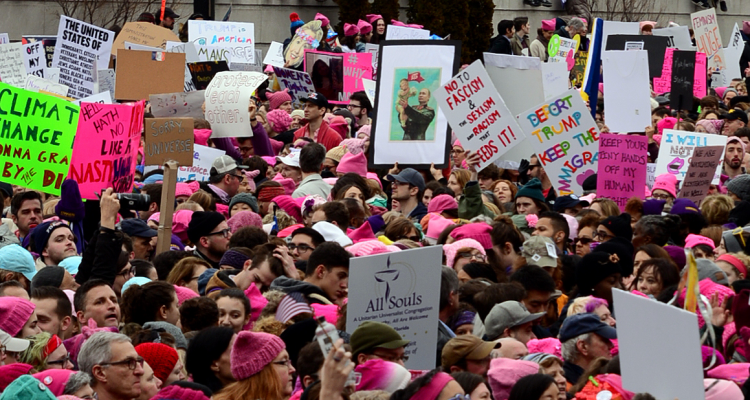
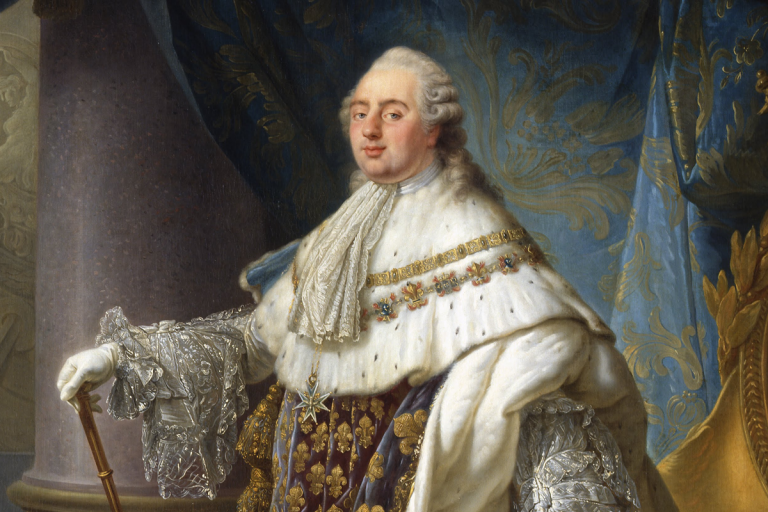

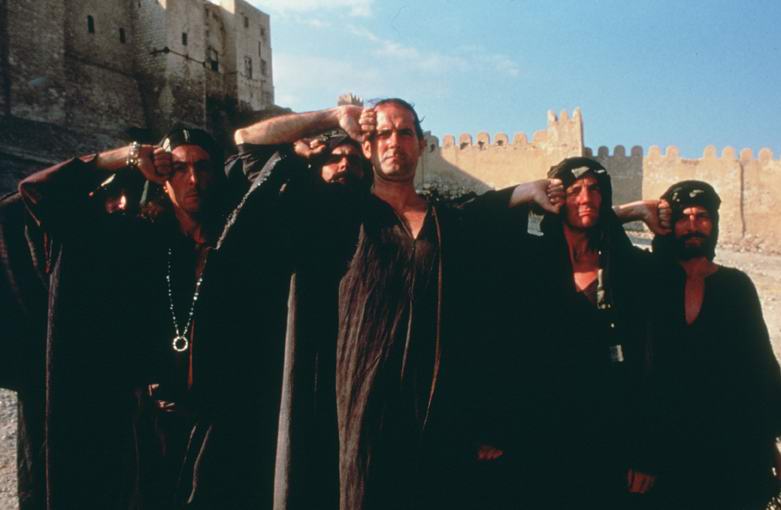
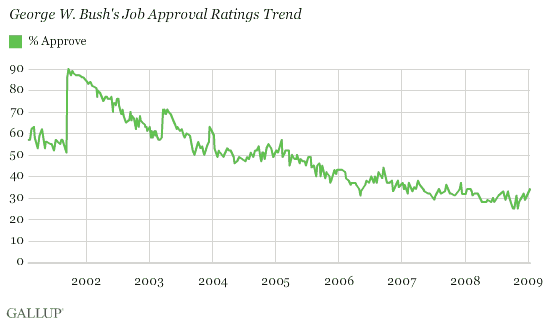
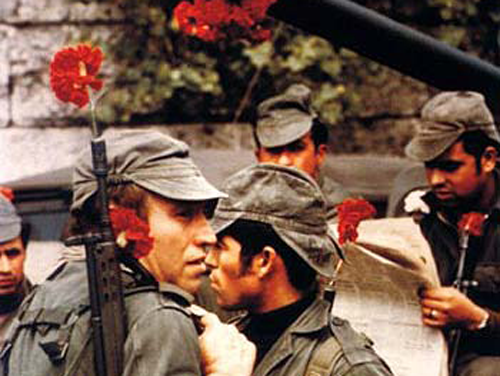
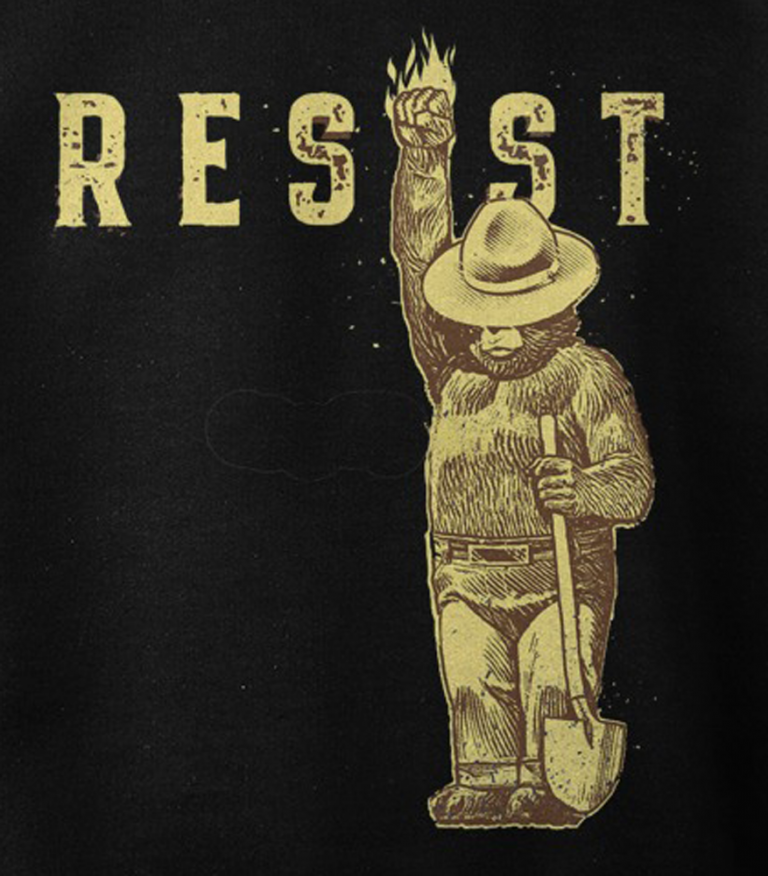
No Comments on "Rules for the Resistance: A handy guide for overthrowing an autocrat"